Heya! I thought I'd mention that I've been doing a bunch of development on the optical Timex Datalink watches! I have been carefully sniffing data from the original Timex software with a logic analyzer, and have fully reverse engineered every Datalink protocol, the serial Notebook Adapter, and even the CRT syncing graphics! This means that every Datalink device, including every Timex and Motorola watch, all PDAs, and the funny e-BRAIN talking toy is supported!
For those that aren't familiar, the Timex Datalink is a watch that was introduced in 1994 that is essentially a small PDA on your wrist. The early models (supported by this software) have an optical sensor on the top of the face that receives data via visible light.
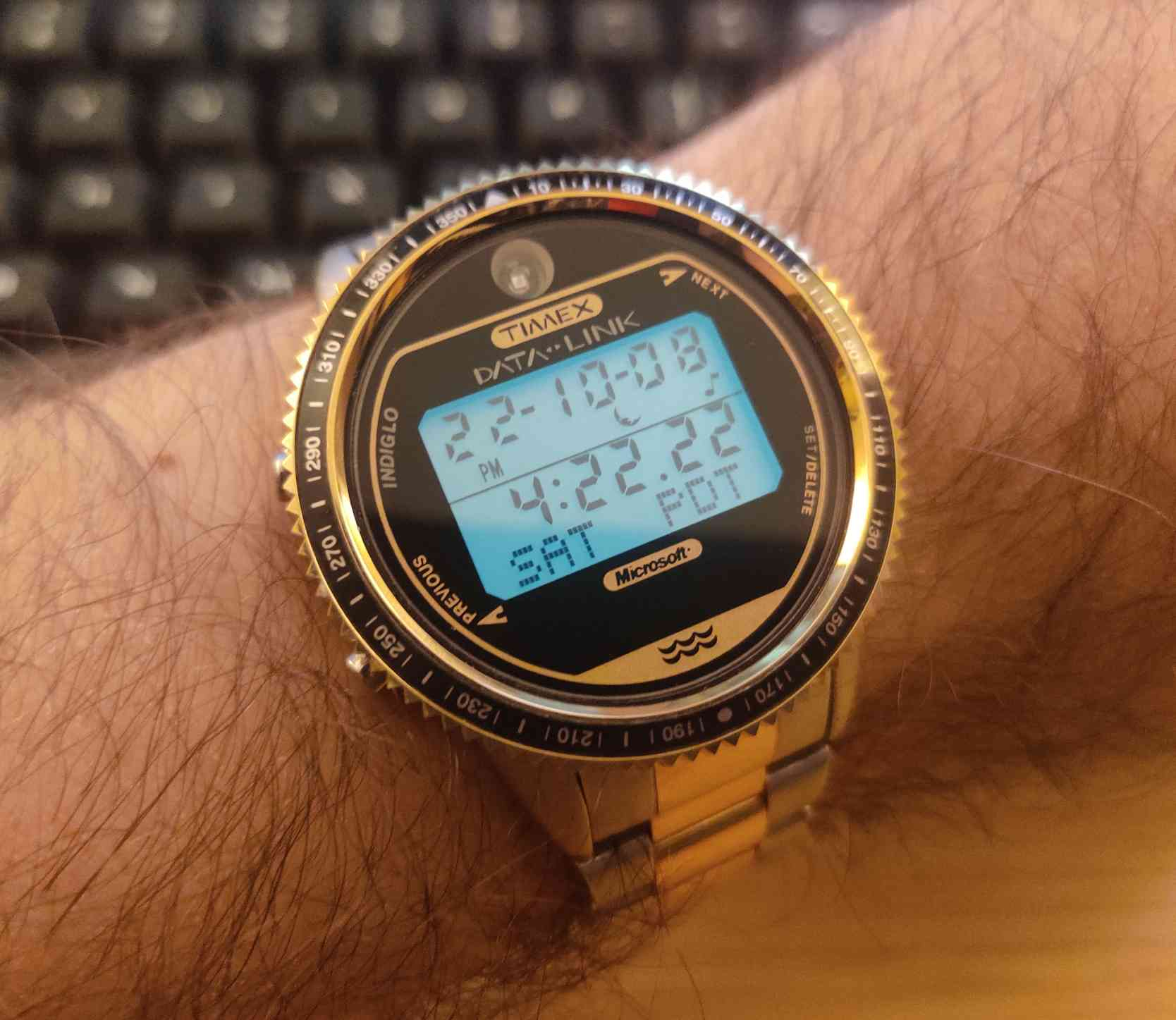
The original data transfer method involves drawing patterns of lines on a CRT monitor for the watch to receive with the optical sensor. CRTs use electron beams that draw scan lines one-by-one from top to bottom, then it returns to the top and repeats for the next frame. This means that the electron guns turn on when its drawing a white line, and and turn off when its drawing the black background. This produces flashing light as the graphics are drawn, which is ultimately received by the optical sensor and decoded by the Timex Datalink device.
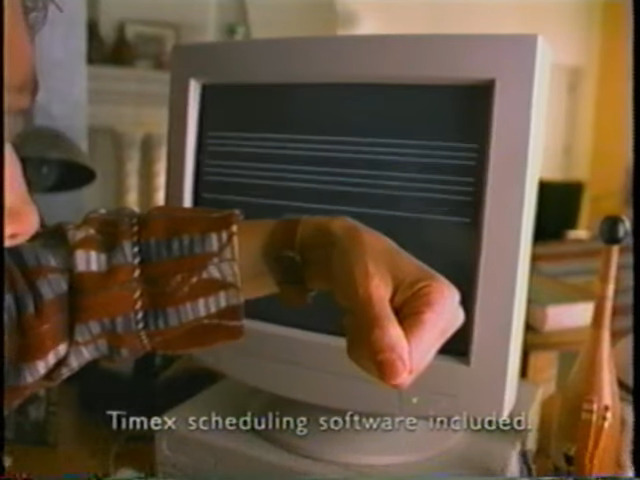
For laptop users, Timex also offered the Datalink Notebook Adapter. Instead of using a CRT monitor, the Notebook Adapter simply flashed a single LED light. This adapter is fully supported by the Timex Datalink software, and sends the same data as a CRT.
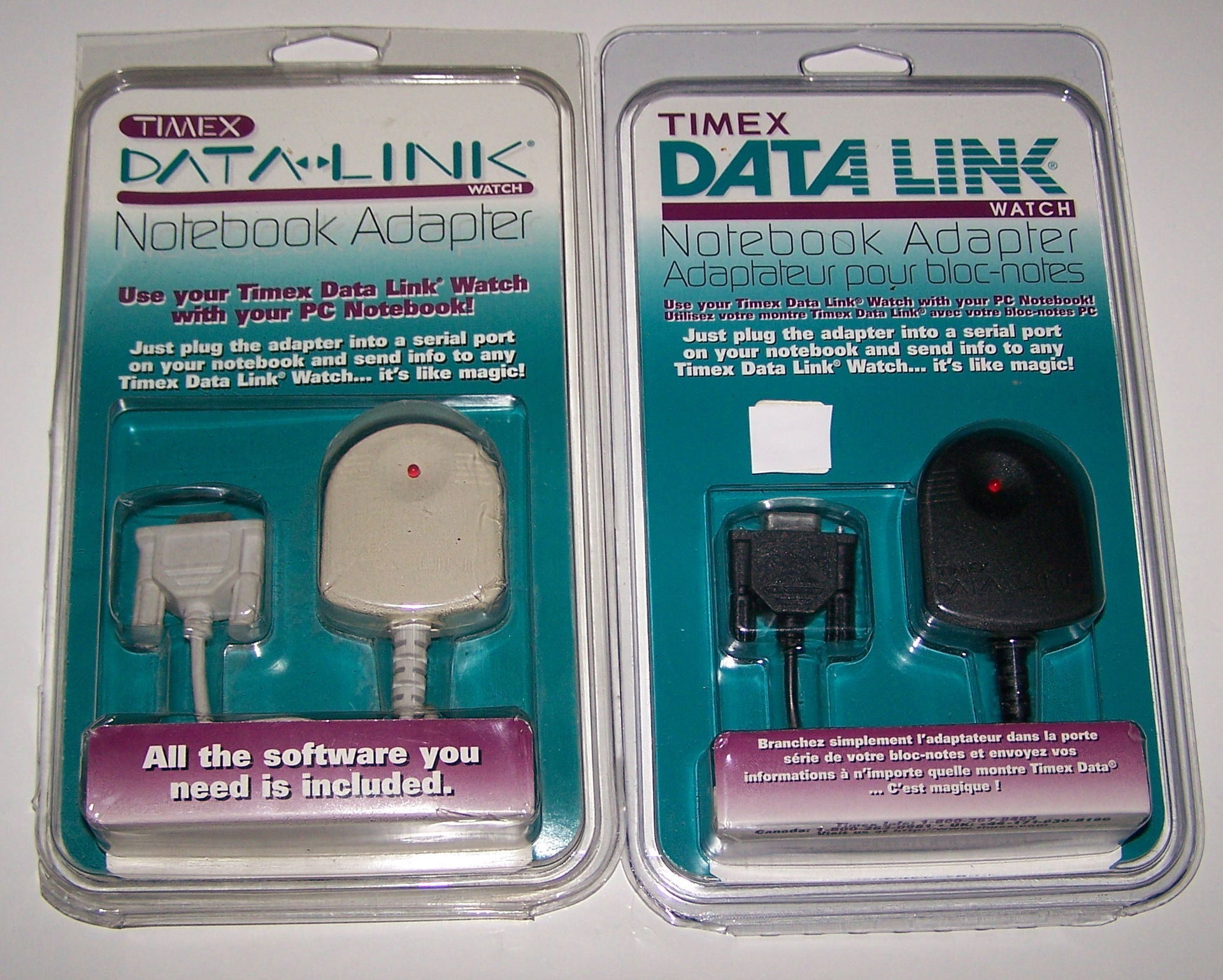
However, Notebook Adapters are rare and expensive now, so I reverse-engineered one! Here's my timex_datalink_client Ruby library communicating with my DIY Datalink Notebook Adapter to emit data to a Timex Datalink watch!
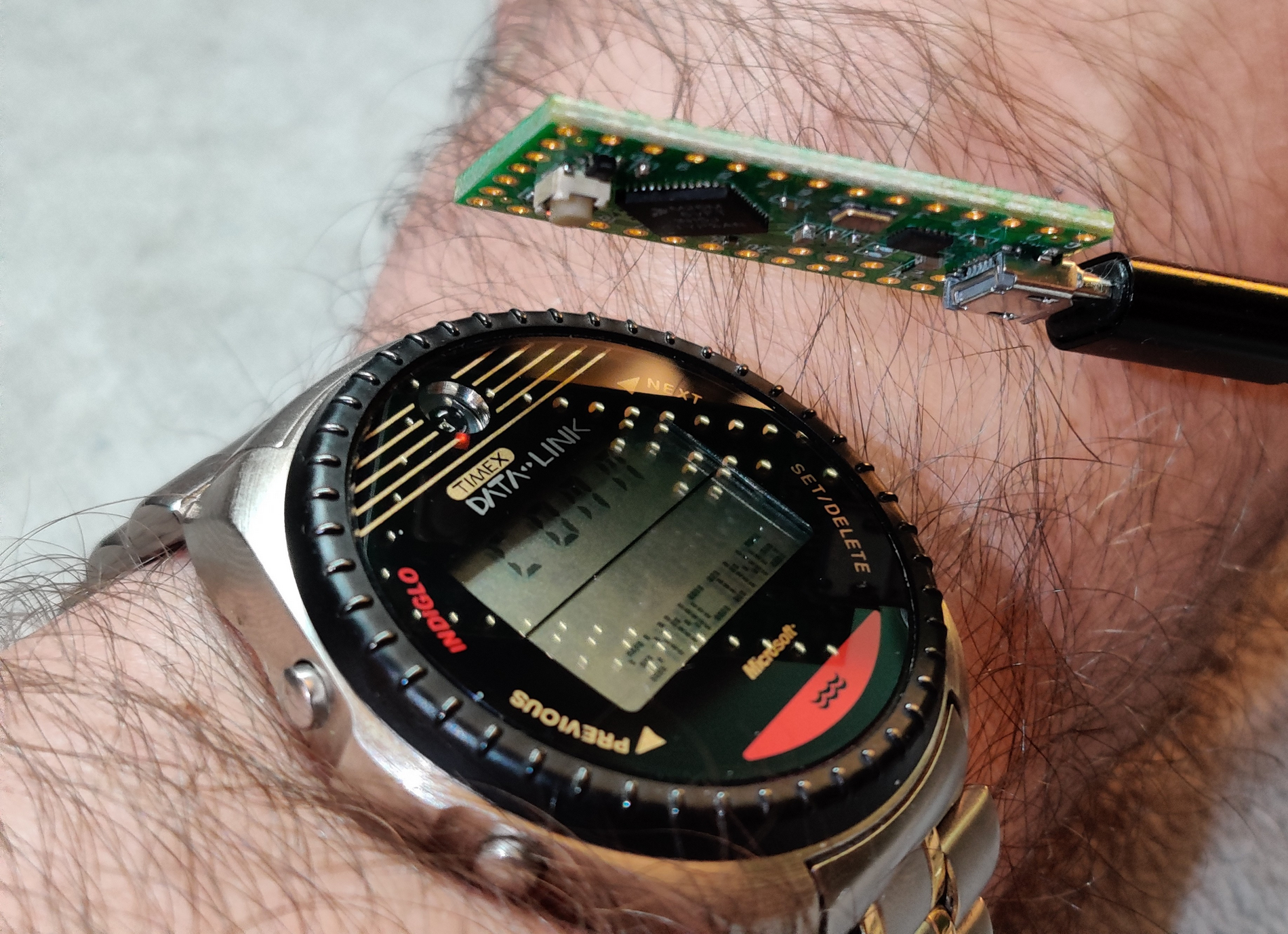
And if you want to try the reverse-engineered CRT graphics, I got you covered! I reverse-engineered that, too!
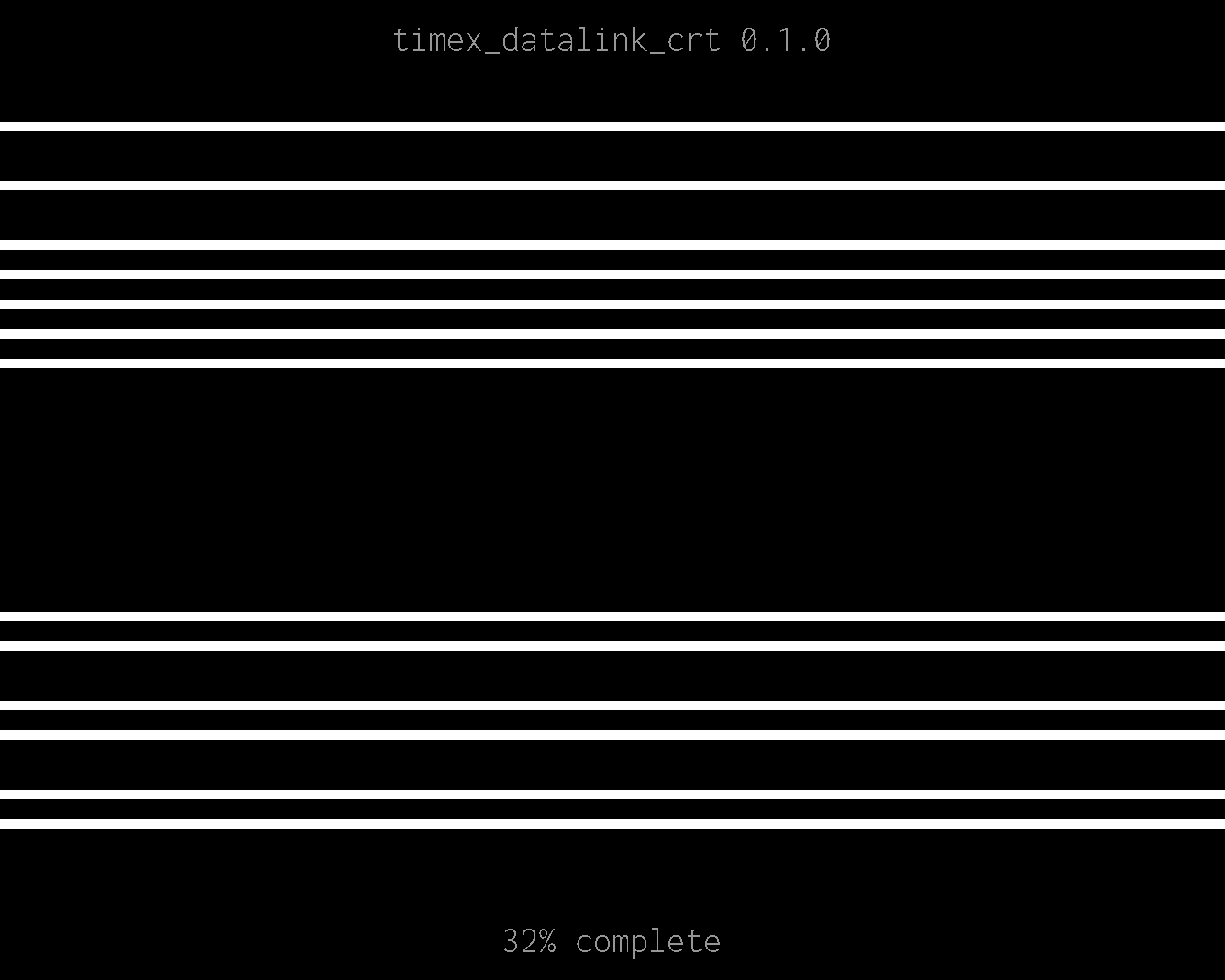
As a fun tidbit, these watches are flight certified by NASA and is one of four watches qualified by NASA for space travel! Here's a shot of James H. Newman wearing a Datalink watch on the Space Shuttle for STS-88!
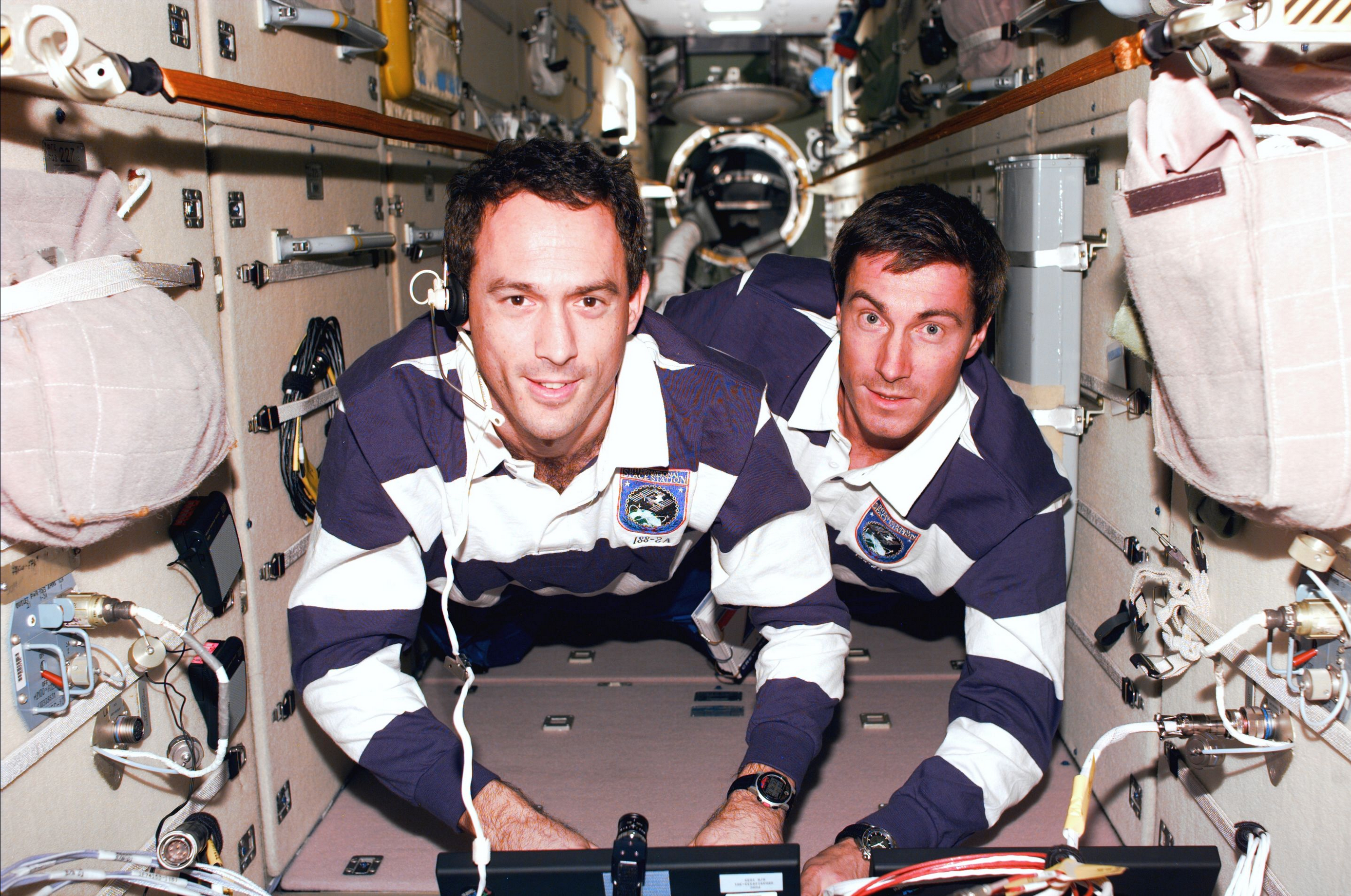
Here is my Ruby library with all options for all watches reverse-engineered into a tidy model-based syntax!
Here is a Notebook Adapter emulator that is fully compatible with all Timex software on old and new machines, and also works with my library too!
And if you have an anchor that happens to contain an electron beam and wanna try it, here's my library for drawing graphics to a CRT to transfer data!
This has all been done over months of careful effort with lots of VMs, Pentium machines, Windows 98SE, logic analyzers, and solving data puzzles little by little. On July 4th, 2023, I'm proud to announce that I have reverse-engineered every Datalink device with 100% feature compatibility! This is definitely a passion project by all means, and I thought I'd pop in and share this passion with y'all!
Enjoy!

How long did it take you to do this? Impressive!
Thank you! I worked on this on and off in spurts since late summer of last year! I can't seem to keep my hands free of projects, and happened to put a lot of work into it during some relaxing vacations, ha.
Most of the reverse engineering was very satisfying, with puzzle after puzzle being solved in less than a day at the most. However, the protocol 7 Speech model on the DSI e-BRAIN was the most difficult part by far. I sunk several weekends into piecing together its bizarre packet format. I sniffed tons of examples from the original e-BRAIN software sending serial data to the Notebook Adapter in a VM, like maybe 50 examples.
I wasn't even that enthusiastic about reverse-engineering an odd and forgotten toy; I just wanted complete support for all devices with my library in principle. Eventually, I got most of the data figured out, and wrote a few scripts to brute force all the magic numbers in it. Later, I realized that some of the magic numbers were actually hard-coded phrases sent to the e-BRAIN on every transfer. Technically, this could be customized, which would make the e-BRAIN say something unique if it's sitting around and saying random phrases on its own.